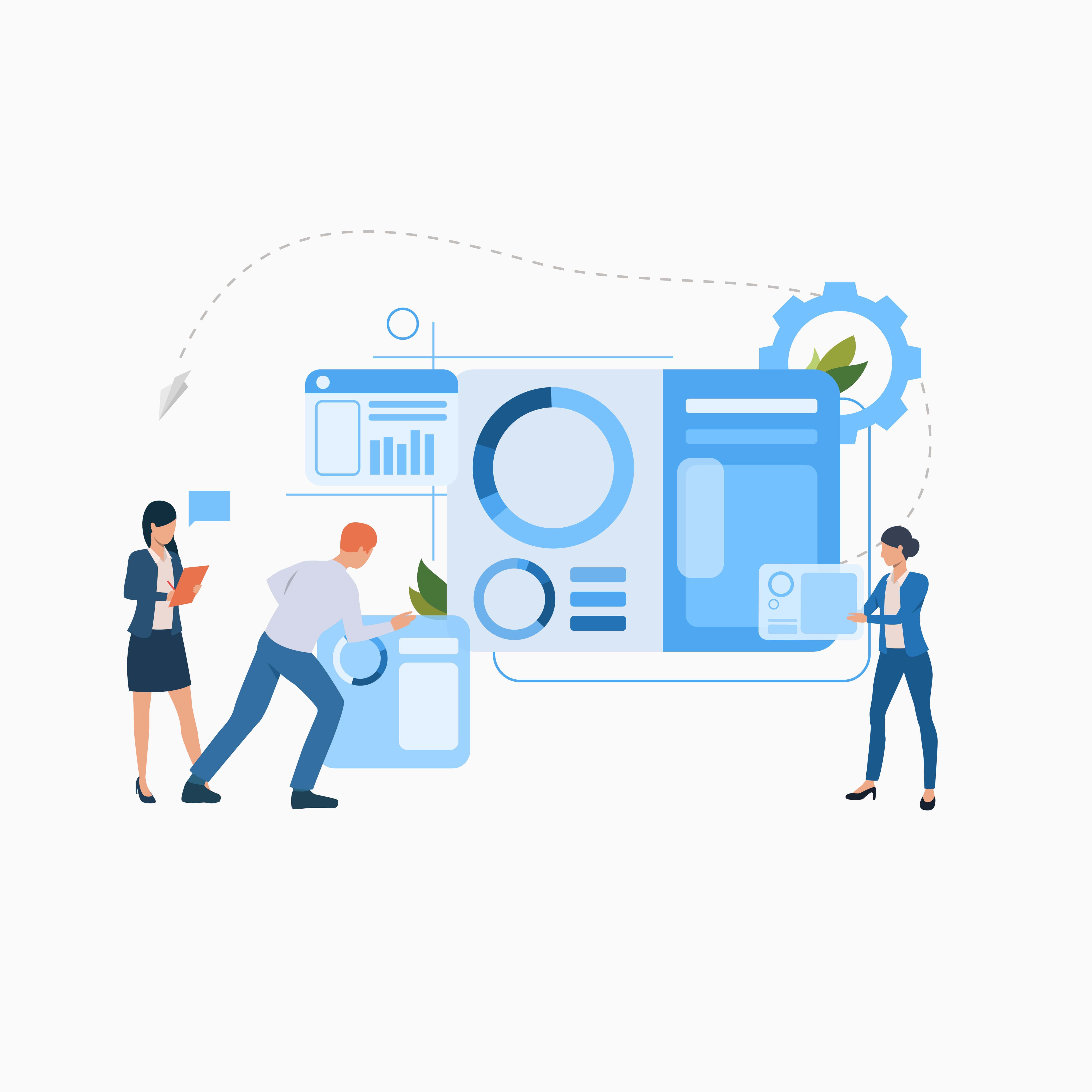Data Integration Overview
Data integration is the process of integrating data from multiple sources into a single, unified view. Integration begins with the ingestion process comprising of data cleansing, ETL mapping, and transformation. This is very vital for a company as the whole business is dependent on the data.Data Integration paves the way for analytics tools to produce legitimate, applied business intelligence. Data integration is often a prerequisite to other processes including analysis, reporting, and forecasting.
As part of Data Integration the client sends a request to the master server for data. The master server then consumes the needed data from internal and external sources. The data is extracted from the sources, then consolidated into a single, cohesive data set. This is served back to the client for use.
How Genflip will help you ?
- With our technical expertise we will help to integrate data from multiple sources into a single centralized location, which is often called as data warehouse.
- We wil create a flexible solution where the end location will be capable enough to handle lots of different kinds of data at potentially large volumes. With our data integration capability we will help to power the analytical use cases for various scenarios and situations.
- We help you to integrate and coordinate the data originating from your applications,systems,servers,databases ,data warehouses,digital data or even offline data.
- We help to create a unfied process to integrate all data into a single core ensuring right data/information is made available to the users at right time.
At Genflip we follow and practice different data integration methods:
- Extract,Transform Load(ETL) : Different data sets from different sources/upstreams are pulled together,cleansed/transformed and loaded to different database or datawarehouse.
- Extract,Load and Transform(ELT) : Data from different data sources are loaded into a datalake or big data system and transformed later for different analytical uses.
- Data Replication : The data in one database is replicated to others to keep the information in synchronized manner for backup and other uses.
- Streaming data integration : Real-time data from different streams are integrated on the go and provided into data stores and analytical systems throughout on a continuous basis.
- Data Virtualization : Data from different upstreams and sources is integrated virtually to create a unified view for users instead of loading then to different repository.

